Treasures of Andalucía: Ancient Cities, Moorish Palaces and White-Washed Towns
by Dr Christopher Gribbin
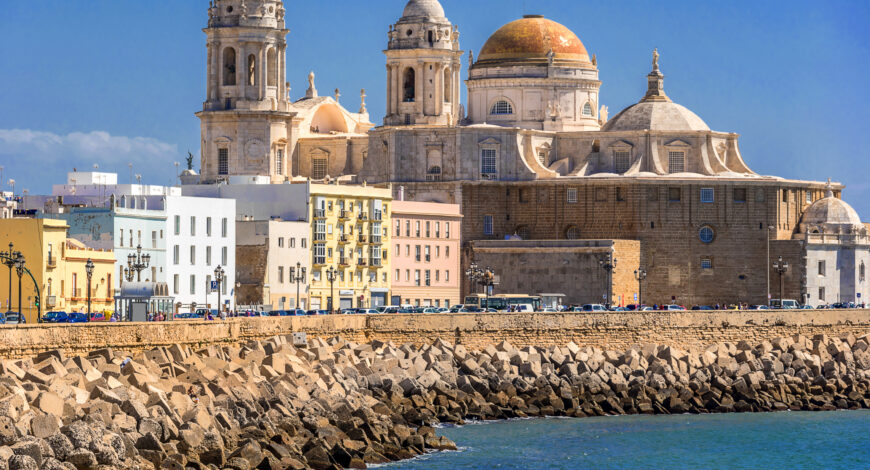
With rich mineral resources and a strategic location, Spain’s Andalucía region has been conquered and colonised by many different cultures. Each culture left something behind, and the region’s long history can be read in the cities’ streetscapes. Combined with striking natural beauty and vibrant cultural traditions, this makes Andalucía a fascinating place to visit.
Roman Iberia: Birthplace of Emperors
In ancient times, Phoenicians, Greeks, Carthaginians and Romans competed to control ancient Spain. The most impressive of the remains are Roman, and two sites illustrate different aspects of life in Roman Spain.
Itálica was the first Roman settlement in Spain, founded in 205 BC. The city rose to prominence with the Roman emperors Trajan and Hadrian in the 2nd century AD—Itálica was the birthplace of Trajan and hometown of both emperors. Hadrian invested a lot of money adorning his hometown, building a new quarter centred around a temple to Trajan, and funding various public amenities. Today, a variety of Roman buildings remain, which illustrate the wealth and grandeur of ancient Itálica. These include beautiful mosaic floors from the homes of the wealthy, public bath houses, a theatre and an amphitheatre that once held 40,000 people.
In contrast, Baelo Claudia was a much smaller, more humble town on the coast. The town’s economy depended on fishing, olive oil production and the production of garum, a sauce made of fish guts fermented in brine. The remains of a garum factory can be seen in Baelo Claudia, along with the regular buildings that made up a town—a forum, temples, shops, public baths and a theatre. The site provides a fascinating snapshot of life in a regular town in Roman Spain.
Islamic Spain
The collapse of Roman power in late antiquity saw new people arrive, including Visigoths, Byzantines and Arabs. The Arabs remained in this part of Spain for over 700 years and left spectacular buildings behind that attest to the wealth and sophistication of this period.
Some of the most magnificent buildings from this period are the palaces. Granada’s Alhambra features a palace, gardens and other buildings atop a hill overlooking the town. Within the palace, rooms are arranged around colonnaded courtyards with water features, which provide a pleasant place of retreat in the hot summers. Walls are richly decorated with stucco designs and colourful tiles, while the ceilings include intricate decorations in the Arabic style.
Seville’s Alcázar contains a palace which is no less richly decorated. Much of the palace which stands today was built by a Christian ruler, Pedro the Cruel, but it was built in the Mudéjar style, which incorporates Islamic decorative schemes. Parts of the palace are still used as a residence by the Spanish royal family.
Perhaps most fascinating is the Mezquita or Great Mosque of Córdoba. It’s one of the largest mosques ever built and one of the earliest to have survived. But what makes it particularly special to me is the way that it tells so much of the story of Spain. The building’s design is a traditional Arabic mosque, a beautiful courtyard out the front of a large covered hall held up by columns. But it contains elements from many of the other cultures that have inhabited the area. Some of the columns that hold the roof up are taken from older Roman or Visigothic buildings. The decoration combines Arabic designs with mosaics in the Byzantine style. The double-arches which sit on top of the columns may have been inspired by the Roman aqueduct at Mérida.
And the building’s story does not finish with the expulsion of the Arabs. In the 16th century, the Christian bishop decided to place a cathedral in the middle of the building. This was built in a combination of Gothic and Renaissance styles, very different to the mosque which it sits in the middle of. Although the King was said to have been displeased when he saw what was done, this structure blends Christian and Muslim architecture in a fascinating and unique way.
The white-washed towns of Andalucía
Andalucía is also famous for its beautiful whitewashed towns, each of which has its own character and story.
Cádiz is one of Europe’s oldest cities. It was founded by the Phoenicians almost 3000 years ago and was a prosperous city in antiquity, famed for its Temple of Melqart (or Hercules to the Romans). The city fell into decline during the Middle Ages, but prospered after the Spanish discovery of the Americas. Its location on the Atlantic coast helped Cádiz become a major port for goods from the Americas. This is illustrated by its lavish cathedral, with an imposing façade and a golden dome, which was built with money from trade with the Americas.
Jerez de la Frontera got its name because it was once on the frontier between Muslim and Christian kingdoms. This can be seen in its well fortified castle, whose walls enclose a mosque, bathhouse, gardens and other buildings from the Islamic era, along with a 17th century palace added after the Christian conquest. Today, Jerez is particularly famous for its Royal Andalusian School of Equestrian Art, where horses are trained to dance. It is also famous for its sherry—the English word “sherry” is derived from the town’s name.
Ronda is located by a deep ravine which divides the town in two. A spectacular bridge, 120 metres high, was built in the 18th century and is one of the town’s most famous sites. On one side is the old town, which includes various remains from the Islamic period, such as fortifications and a bathhouse. The newer town stands on the other side of the gorge and includes a spectacular 18th-century bullfighting ring and many streets lined with whitewashed houses. The beauty of Ronda has drawn many people to it, including Ernest Hemingway, Rainer Maria Rilke and Orson Welles, who all spent time in the city.
Andalucía is a cultural treasure trove, with historic sites spanning millennia that tell its rich, multicultural past.
Join me in 2025 to experience it for yourself.

Meet Dr Christopher Gribbin Here
- View Tours Dr Christopher is currently leading
Article images
Cadiz Photo By Gordon Bell 101541275 Dreamstime.com https://www.dreamstime.com/gbphoto27_info
Antequera Spain ID 23808920 © Wessel Cirkel Dreamstime.com https://www.dreamstime.com/2circles_info
Baelo Claudia Tarifa Cadiz province SpainID 103316796 © Jose Ramon Pizarro Garcia Dreamstime.com https://www.dreamstime.com/joserpizarro_info
Mosque of Cordoba Photo by Christopher Wood

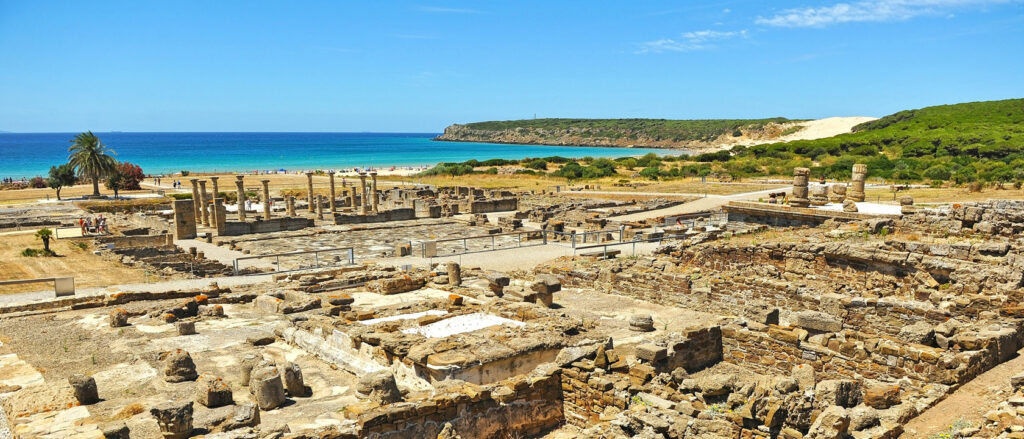
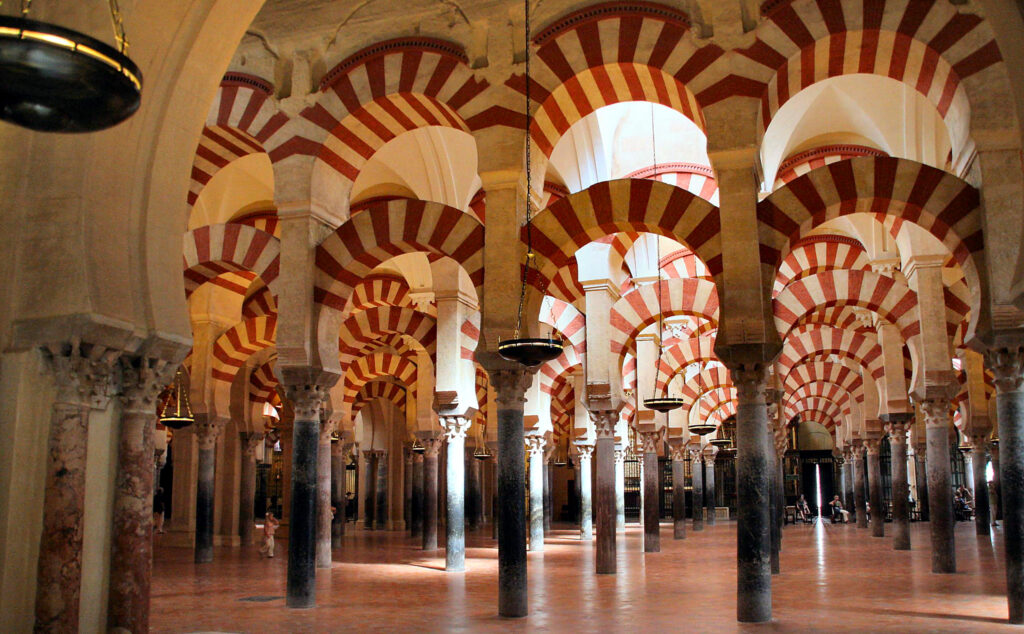
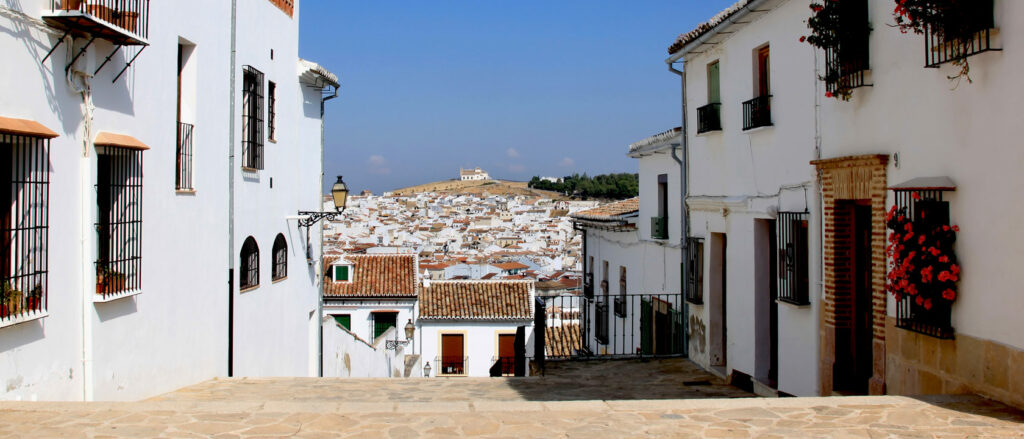
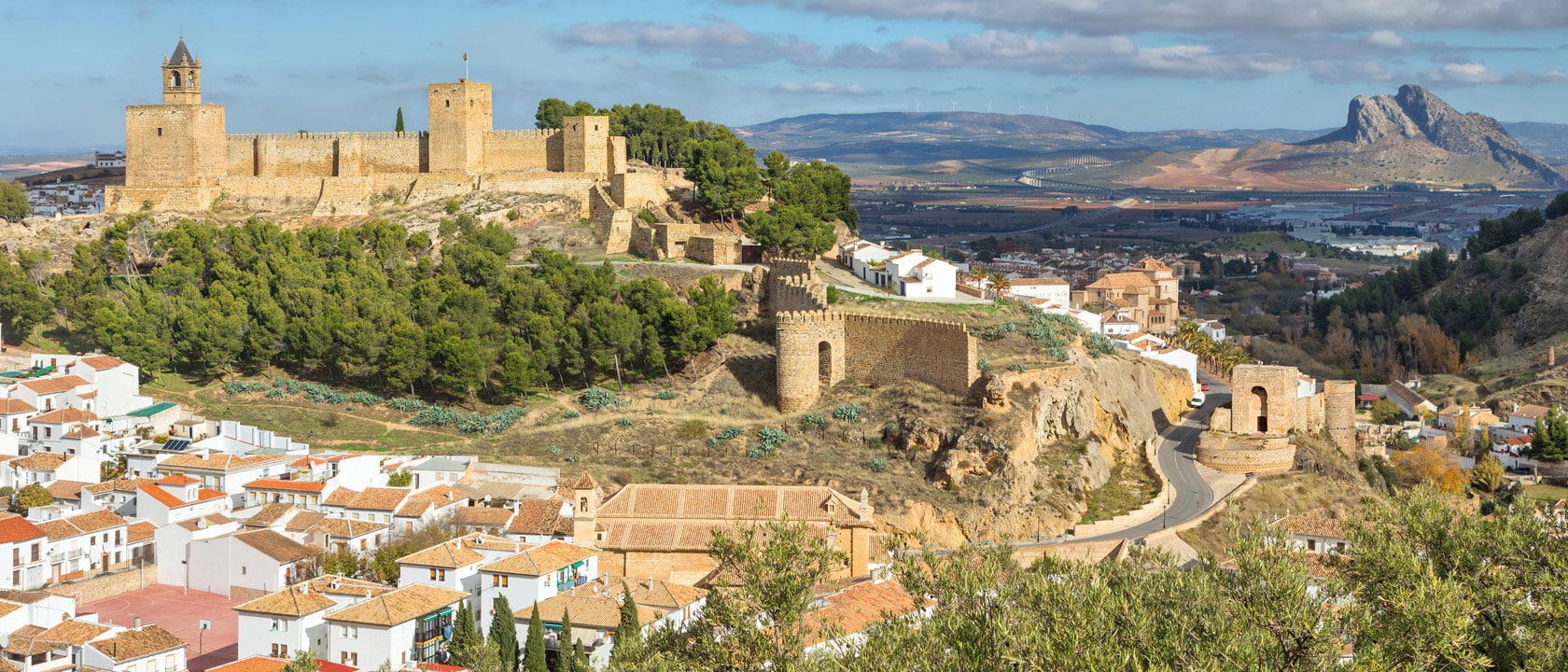 Andalucía: Cultural Landscapes of Southern Spain 2025
Andalucía: Cultural Landscapes of Southern Spain 2025